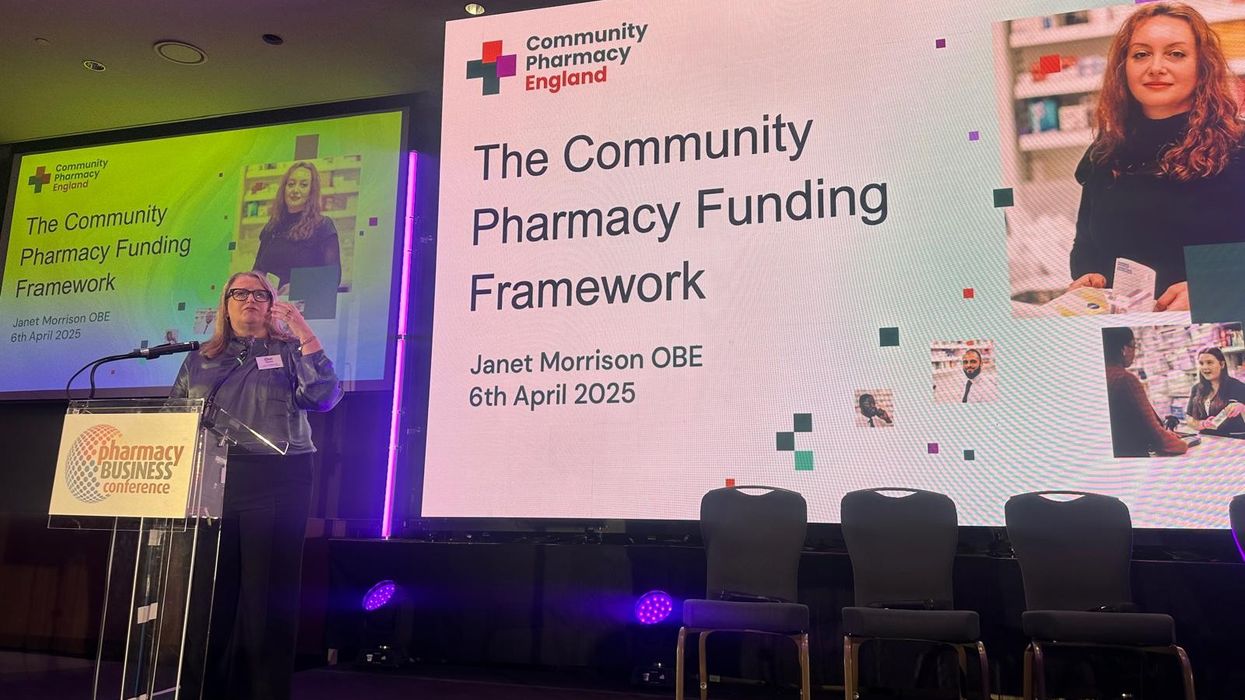The most common serious side effects of the newly approved zolbetuximab by MHRA include nausea, vomiting, and hypersensitivity reactions
A new cancer treatment for adults with stomach (gastric) and gastro oesophageal junction cancer has been approved by the Medicines and Healthcare products Regulatory Agency (MHRA) this week.
According to the MHRA, Zolbetuximab, a monoclonal antibody, is designed to target and destroy specific cancer cells, offering a new option for patients whose cancer is inoperable or has spread.
The new targeted cancer treatment for gastric and gastro-oesophageal junction cancer is administered intravenously in combination with standard chemotherapy regimens and is typically given every two to three weeks under the supervision of an experienced oncologist.
Zolbetuximab is indicated for patients whose tumors are positive for the Claudin18.2 (CLDN18.2) protein and negative for the Human epidermal growth factor receptor 2 (HER2) protein.
Julian Beach, MHRA's Interim Executive Director of Healthcare Quality and Access, emphasized the potential of this new treatment, stating,"This new targeted medicine can extend survival for adults with this type of cancer."
"MHRA is assured that the appropriate regulatory standards of quality, efficacy, and safety for the approval of this new medicine have been met.
"As with all products, we will keep its safety under close review," he added.
The approval of zolbetuximab is based on the results of two Phase 3 clinical trials, SPOTLIGHT and GLOW, which demonstrated its efficacy in improving overall survival rates.
The SPOTLIGHT trial, which included 283 patients in the zolbetuximab group, showed an improved overall survival rate of 67.7 per cent , 50.5 per cent , and 38.8 per cent at 12, 18, and 24 months, respectively.
In comparison to the placebo group’s 60.0 per cent , 38.1per cent, and 28.4 per cent.
Similar results were observed in the GLOW trial, with the zolbetuximab group showing a median overall survival rate of 57.5 per cent , 38.1 per cent , and 28.9 percent at 12, 18, and 24 months.
The most common serious side effects of zolbetuximab include nausea, vomiting, and hypersensitivity reactions.
Other frequent side effects include decreased appetite, hypoalbuminaemia, and peripheral oedema.


















